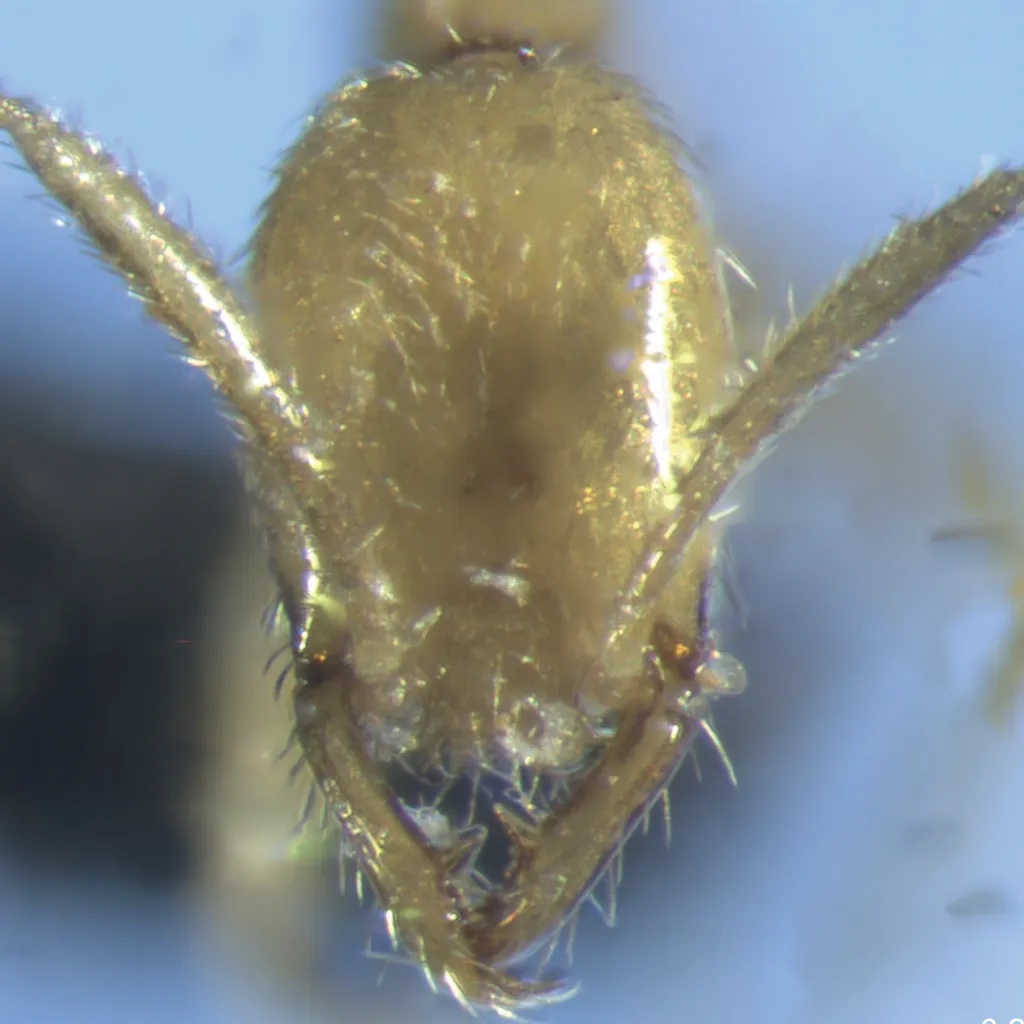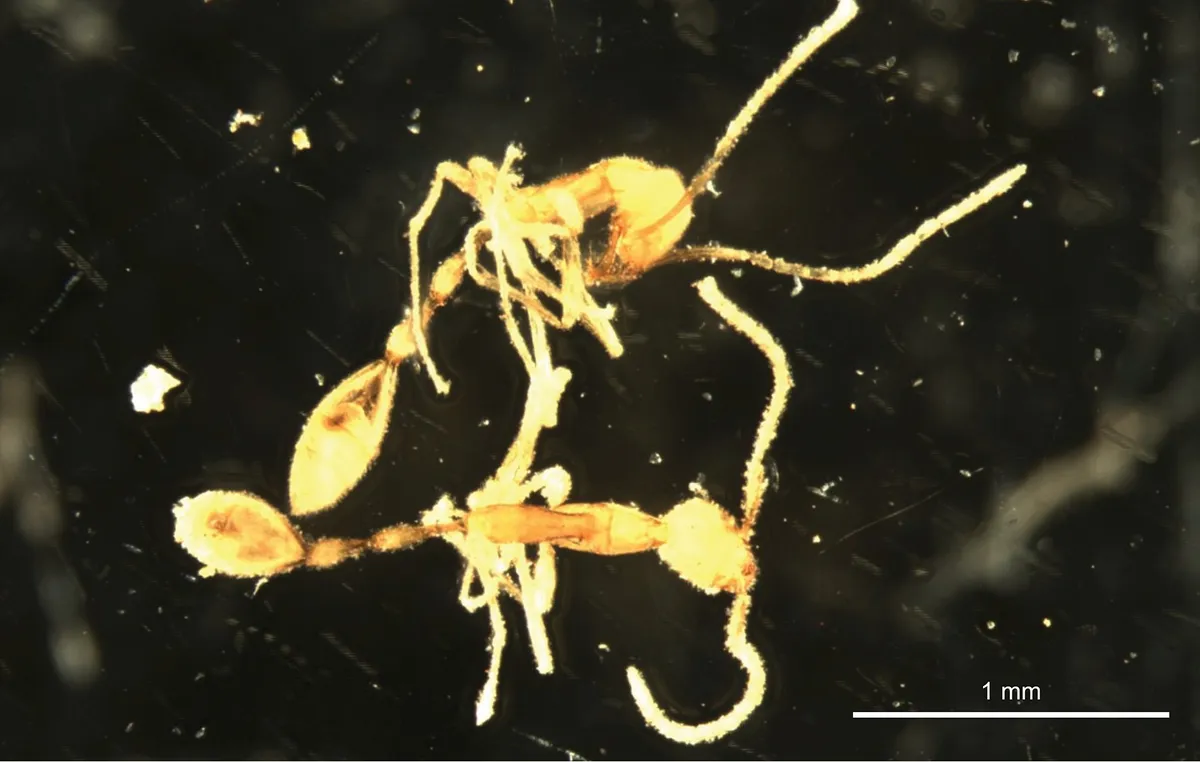Scientists have discovered a mysterious new species of ant during an ecological survey in the arid Pilbara region of north-western Australia.
They have named the species Leptanilla voldemort (L. voldemort), after Harry Potter's arch nemesis Lord Voldemort, paying homage to the ant's pallid and slender body, sharp mandibles and all-round unearthly appearance.
"Leptanilla voldemort is almost surely a predator, a fearsome hunter in the dark," says Dr Mark Wong (University of Western Australia), the lead author of the study that describes the new species.
The paper, authored by Wong and colleague Jane McRae from Bennelongia Environmental Consultants, was published in the journal ZooKeys.

- What's the largest ant colony in the world?
- Honeydew: what it is and why ants love it so much
- How fire ants can shift their shape
Discovering the Dark Lord
Much like the evil wizard, L. voldemort favours the dark side – only two specimens of the strange-looking new ant species were found, both underground.
Collecting the specimens from their subterranean lair was no small feat. Using a 25m drill hole, researchers lowered a net into the darkness, then skilfully retrieved the ants using a technique known as 'subterranean scraping' (scraping against the hole's inner surface).
It was clear they had found something special. Compared to other species of Leptanilla ant, L. voldemort has an extremely thin body and spindly antennae and legs.

"Leptanilla voldemort is almost surely a predator, a fearsome hunter in the dark," says Dr Wong, lead author of the study.
"This is backed up by what we know from the few observations of specialised hunting behaviours in other Leptanilla ant species, where the tiny workers use their sharp jaws and powerful stings to immobilise soil-dwelling centipedes much larger than them, before carrying their larvae over to feed on the carcass."
The researchers are yet to determine the exact prey of L. voldemort, though a variety of other subterranean invertebrates, including centipedes, beetles and flies, were collected from the same location, suggesting that some of these invertebrates may be on the menu of the newly described species.

Leptanilla – life in the underworld
There are over 14,000 species of ants in the world, but only about 60 belong to the genus Leptanilla.
All species of Leptanilla have small colonies, with one queen and only a hundred or so workers. They nest and forage entirely underground.
A life in the darkness has led to the ghostly appearance of this genus – the workers are blind and colourless. They have also evolved to be tiny, measuring just 1 to 2 millimetres, which allows them to move freely through the soil.
Needless to say, finding Leptanilla species is difficult and the biology of the genus remains shrouded in mystery. Indeed, despite the high diversity of ants in Australia, just two species of Leptanilla have been discovered. The first – Leptanilla swani, described nearly a century ago – is now joined by L. voldemort.
Unlike other Leptanilla species, the morphology of this new species suggests that it may not be a true soil-dwelling species, but instead one that exploits subterranean habitats, such as the air-filled voids and cracks in the ground.

Find out more about the study: Leptanilla voldemort sp. nov., a gracile new species of the hypogaeic ant genus Leptanilla (Hymenoptera, Formicidae) from the Pilbara, with a key to Australian Leptanilla. Mark K. L. Wong, Jane M. McRae. Published in ZooKeys.
More about ants:
